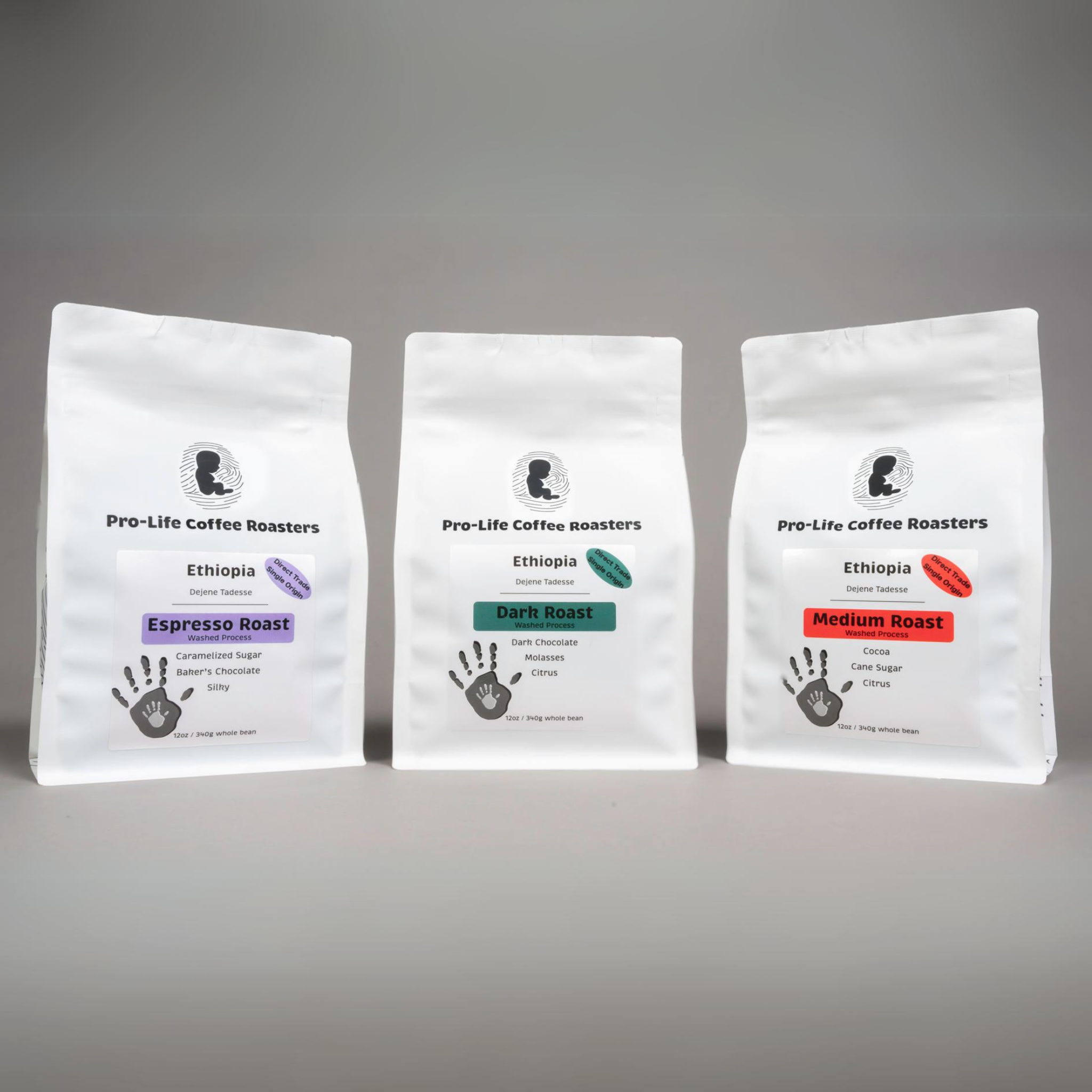Coffee Beans Uncovered: Finding the Tricks of Espresso and Blended Coffee Beans
When you consider coffee, what enters your mind? Is it the abundant scent of espresso or the intricacy of a well-crafted mix? Recognizing the subtleties of coffee beans can transform your experience. Each range, from Arabica to Robusta, holds its very own tricks. As you check out even more, you'll discover exactly how these beans shape flavors and influence sustainability. What might you find about your following mug?
The Origins of Coffee: A Historical Perspective
Although coffee is now a staple in coffee society worldwide, its beginnings trace back to the early 20th century in Italy. In 1901, Luigi Bezzera patented the very first espresso equipment, intending to brew coffee faster than typical techniques.
Recognizing Espresso Beans: Characteristics and varieties
When you think of espresso, it's vital to recognize the various bean varieties and their unique tastes. Each type brings a distinctive character to your mug, influenced by factors like roast degrees. Understanding these aspects can boost your espresso experience considerably.
Coffee Bean Varieties
As you discover the globe of coffee, you'll rapidly find that not all beans are developed equivalent; each selection brings its own unique flavors and attributes to your mug. The most preferred types consist of Arabica and Robusta. Arabica beans are understood for their smooth, nuanced tastes and lower high levels of caffeine material, making them a favorite among coffee connoisseurs. On the various other hand, Robusta beans pack a more powerful punch with higher caffeine and an extra bitter taste, often favored in blends for their crema-enhancing high qualities. You could likewise run into specialized beans like Liberica and Excelsa, which offer unique accounts and are much less common. Each variety provides something various, so trying out will certainly help you find your ideal coffee.
Flavor Profiles Explained
Understanding the taste accounts of various espresso beans can boost your coffee experience. Each bean selection supplies special features that influence aroma, mouthfeel, and preference. Arabica beans typically present a sweeter, extra intricate taste with hints of fruit and flower notes, while Robusta beans have a tendency to be bolder, with nutty and earthy touches.
When you check out single-origin beans, you might uncover unique regional tastes-- Central American beans may be brilliant and citrusy, whereas Italian blends frequently supply rich, chocolatey notes.
Roast Levels Effect
Roast levels play an essential function in forming the taste and aroma of coffee beans, influencing your overall coffee experience. With light roasts, you'll discover bright level of acidity and more obvious fruity notes. As you relocate to tool roasts, you'll appreciate a well balanced profile that showcases sweet taste and complexity. Dark roasts, on the various other hand, frequently present rich, vibrant tastes with a great smoky coating, yet they can mask the beans' integral characteristics. Understanding these roast levels aids you pick the coffee that suits your preference choices. Explore various roasts can bring about wonderful discoveries, boosting your recognition for coffee. Don't hesitate to explore numerous roast levels and locate your excellent cup!
The Art of Mixing: What Makes Blended Coffee Distinct
What makes combined coffee so interesting? You can experiment with numerous combinations to boost sweet taste, body, and level of acidity, resulting in a mixture that's richer and extra intricate than a single-origin coffee.
Plus, mixing can assist maintain consistency, supplying a reliable taste experience regardless of seasonal variants in beans. Whether you're a home or a barista brewer, mastering the art of mixing opens up a globe of imagination and taste possibilities, making your coffee experience truly special.
Taste Profiles: Tasting Notes of Coffee vs. Blended Coffee
Mixed coffee supplies a globe of taste opportunities, but when it comes to espresso, you're looking at a much more concentrated experience. Espresso commonly showcases bold, rich tastes with a thicker mouthfeel.
On the other hand, blended coffee presents a complicated tapestry of flavors. You can check out a range of sampling notes, from pleasant and nutty to floral and fruity. Each mix can use something one-of-a-kind, often combining beans from different regions to produce a balanced account.
While coffee supplies a punch, blended coffee invites you to appreciate the nuances. Whether you prefer the durable toughness of coffee or the detailed tastes of mixed coffee, each cup informs its very own story, waiting on you to find.
Brewing Techniques: Refining Your Espresso Shot
To achieve the perfect espresso shot, recognizing the developing methods is essential, as also small changes can greatly impact the taste and high quality. Start by utilizing fresh, top quality coffee beans; grind them prior to brewing for maximum flavor. Aim for a great grind, about the consistency of salt, to ensure perfect removal.
Following, pay interest to your water temperature level; it ought to be in between 195 ° F to 205 ° F. Too too chilly or warm can destroy your shot. Usage concerning 18-20 grams of coffee for a dual shot, and tamp it uniformly with firm stress to produce a consistent puck.
Ultimately, control your extraction time; go for 25-30 secs. A longer removal can cause resentment, while too brief can result in sour flavors. Exercise these techniques constantly, and you'll fine-tune your abilities, attaining that abundant, full-bodied coffee shot you yearn for. Enjoy the trip!
The Duty of Roast Levels in Coffee and Blended Coffee
After understanding the developing methods for espresso, it's time to consider just how roast degrees influence the flavor profile of your coffee. The roast degree can drastically modify your coffee's aroma, body, and taste. Light roasts tend blog to highlight the coffee's origin, providing bright acidity and fruity notes, while tool roasts balance acidity and sweet taste, producing an all-around taste. Dark roasts, on the various other hand, bring out bold, abundant tastes with reduced level of acidity, typically creating delicious chocolate or great smoky touches.

Checking Out Sustainability: Ethical Sourcing of Coffee Beans
When you pick coffee, you're not just picking a taste; you're making an option about the influence on farmers and the atmosphere. Understanding Fair Profession practices, natural farming methods, and certification criteria can help this hyperlink you sustain sustainable coffee sourcing. Let's explore just how these elements add to an extra ethical coffee experience.
Fair Profession Practices
Fair Profession methods play a crucial function in making sure that coffee beans are sourced morally and sustainably. When you pick Fair Trade coffee, you support farmers who get fair earnings and work in risk-free problems. By choosing for Fair Trade brand names, you're not simply enjoying a rich mug of coffee; you're making a favorable influence on the lives of those who grow it.
Organic Farming Methods
As you discover the world of moral coffee sourcing, organic farming techniques emerge as an essential element of sustainability. Additionally, it often leads to stronger, much healthier coffee plants, resulting in richer flavors in your mug. When you choose for natural coffee, you're making a mindful selection that profits both the earth and your palate.
Certification Requirements Explained
Comprehending certification criteria is important for any individual interested in ethically sourced coffee. These criteria, such as Fair Trade, Jungle Partnership, and USDA Organic, guarantee that coffee is expanded under lasting techniques. When you choose accredited coffee, you sustain farmers who stick to ethical labor methods and ecological security.
Fair Trade qualification concentrates on giving fair earnings and functioning problems, while Jungle Partnership emphasizes biodiversity and community preservation. USDA Organic ensures that no artificial plant foods or chemicals are made use of. By familiarizing on your own with these qualifications, you can make informed choices that align with your values. Next time you're at your regional coffee shop or supermarket, try to find these tags, and feel great recognizing your coffee acquisition favorably affects communities and the environment.
Regularly Asked Concerns


How Does Altitude Affect the Development of Coffee Beans?
Elevation impacts coffee bean development by influencing temperature and environment. Higher elevations often generate denser beans with more complex tastes, while lower elevations can lead to faster development yet less flavorful results. You'll taste the difference!
What's the Distinction Between Arabica and Robusta Beans?
Arabica beans are sweeter and more complicated, while Robusta beans have a stronger, harsher taste with higher caffeine material. You'll discover Arabica favored for specialty coffees, whereas Robusta's commonly utilized in instantaneous coffee and coffee blends.
Can Coffee Beans Go Poor or Shed Flavor With Time?
Yes, coffee beans can spoil and lose flavor with time. If you keep them improperly or keep them also long, they'll end up being stale. Constantly maintain your beans in an airtight container far from light and dampness.
What Are the Health Conveniences of Drinking Espresso?
Consuming website here espresso boosts your power, boosts mental clearness, and might lower the danger of specific conditions. It's rich in anti-oxidants, supports metabolic process, and can boost mood, making it a beneficial option for your daily routine.
How Does Water High Quality Influence Coffee Removal?
Water quality substantially influences espresso extraction. It impacts the solubility of oils and tastes, affecting preference and fragrance. Utilizing filtered water can boost your coffee, ensuring a balanced and satisfying cup every time you brew.
Coffee Beans Uncovered: Discovering the Secrets of Espresso and Blended Coffee Beans.
Comprehending the flavor profiles of different espresso beans can elevate your coffee experience.Roast levels play an essential role in forming the taste and fragrance of coffee beans, affecting your total coffee experience (SOE).Combined coffee uses a world of flavor opportunities, however when it comes to espresso, you're looking at a much more concentrated experience.After mastering the brewing techniques for espresso, it's time to contemplate how roast levels affect the flavor profile of your coffee